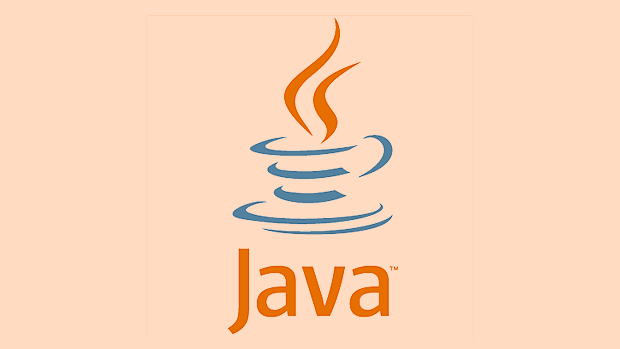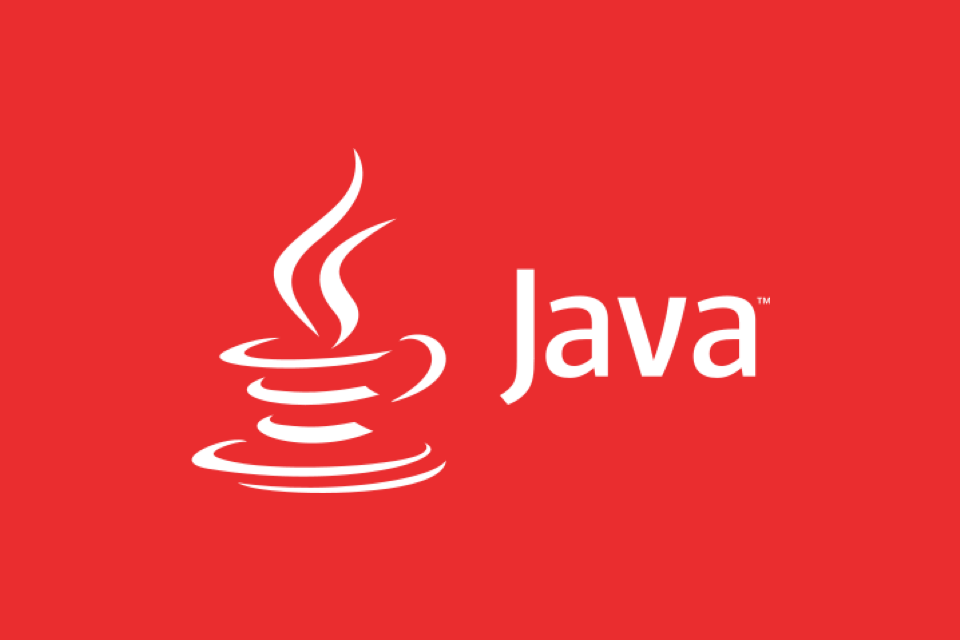Use Maven or Gradle consistently for reliable dependency management with clear scopes and centralized configuration. 2. Structure large projects into multi-modules with a parent POM or root project to manage shared dependencies and enable reuse while avoiding cycles. 3. Strictly control versions using BOMs or platform declarations, avoid ranges, and regularly audit dependency trees to resolve conflicts. 4. Minimize dependencies by removing unused ones, prefer lightweight libraries, and use tools like OWASP Dependency-Check or Snyk to scan for vulnerabilities. 5. Isolate third-party libraries behind interfaces to reduce coupling, simplify testing, and enable easier replacements. 6. Automate updates using Dependabot, Renovate, or Gradle Versions Plugin with CI-integrated testing to ensure stability. 7. Enforce architectural and dependency policies via static analysis tools like ArchUnit or maven-enforcer-plugin to maintain code quality and security. Effective dependency management ensures stability, security, and maintainability in large-scale Java projects through standardization, automation, and continuous oversight.

Managing dependencies in a large-scale Java project is critical to maintaining code stability, reducing technical debt, and ensuring smooth collaboration across teams. As projects grow, the number of third-party libraries, internal modules, and transitive dependencies increases—making dependency management complex. Here’s how to handle it effectively.

1. Use a Build Tool with Strong Dependency Management
The foundation of dependency management in Java is using a modern build tool. Maven and Gradle are the most popular choices.
-
Maven: Offers a declarative
pom.xmlfile with clear dependency declarations and built-in support for dependency scopes (compile,test,provided, etc.). - Gradle: More flexible and performant, especially for multi-module projects. Its Groovy or Kotlin DSL allows dynamic dependency resolution and better control.
? Best Practice: Stick to one build tool across the project and standardize its configuration across teams.

2. Organize Dependencies with a Multi-Module Structure
Large projects benefit from a modular architecture. Break the monolith into smaller, cohesive modules (e.g., user-service, payment-core, common-utils).
project-root/ ├── pom.xml (parent) ├── user-service/ ├── payment-core/ └── common-utils/
- Use a parent POM (in Maven) or root project (in Gradle) to define shared dependencies and versions.
- Declare dependencies between modules explicitly—avoid circular dependencies.
- Promote reuse: Common utilities (logging, config, DTOs) should be in shared modules.
? Tip: Use dependencyManagement in Maven or platform/bom in Gradle to centralize version control.

3. Control Dependency Versions Strictly
Uncontrolled versions lead to conflicts, security risks, and "works on my machine" issues.
- Avoid version ranges like
[1.2, 1.5)—they make builds non-deterministic. - Use Bill of Materials (BOM) files (e.g., Spring Boot’s
spring-boot-dependencies) to import consistent versions. - In Gradle, use
platform()orenforcedPlatform():implementation(platform("org.springframework.boot:spring-boot-dependencies:3.1.0"))
? Regularly audit: Use mvn dependency:tree or ./gradlew dependencies to inspect dependency graphs and spot conflicts.
4. Minimize and Audit Dependencies
Every added dependency increases the attack surface and maintenance burden.
- Remove unused dependencies—they can introduce vulnerabilities.
- Use tools like:
- OWASP Dependency-Check
- Snyk or GitHub Dependabot for vulnerability scanning
- jQAssistant or ArchUnit to enforce architectural rules
- Prefer small, focused libraries over large frameworks when possible.
? Example: Instead of pulling in a massive utility library, use java.util.Objects, Optional, or lightweight alternatives like Guava selectively.
5. Isolate Third-Party Dependencies
Avoid letting third-party APIs bleed into your core logic.
- Wrap external libraries behind interfaces or adapters.
- Example: Instead of using
OkHttpdirectly in multiple classes, create anHttpServiceinterface and inject the OkHttp implementation.
This makes it easier to:
- Swap libraries without widespread changes
- Mock dependencies in tests
- Reduce coupling
6. Automate Dependency Updates
Manual version tracking doesn’t scale.
- Use Dependabot (GitHub), Renovate, or Gradle Versions Plugin to get automated pull requests for updates.
- Schedule regular updates—don’t let versions drift for months.
- Test automatically: CI pipelines should run tests on dependency update PRs.
7. Enforce Policies with Static Analysis
Use tools to enforce rules across the codebase.
- ArchUnit: Prevent unwanted dependencies (e.g., “web layer must not depend on data layer”).
- maven-enforcer-plugin: Enforce dependency convergence, banned libraries, or Java version.
- Gradle’s dependency constraints: Block certain versions or force specific ones.
Example (Maven):
<plugin>
<groupId>org.apache.maven.plugins</groupId>
<artifactId>maven-enforcer-plugin</artifactId>
<executions>
<execution>
<id>enforce</id>
<configuration>
<rules>
<DependencyConvergence/>
<bannedDependencies>
<excludes>
<exclude>log4j:log4j</exclude>
</excludes>
</bannedDependencies>
</rules>
</configuration>
</execution>
</executions>
</plugin>Basically, managing dependencies at scale is about control, visibility, and automation. Use a consistent build setup, structure your project wisely, lock down versions, and continuously monitor for issues. It’s not glamorous, but it keeps your project maintainable and secure.
The above is the detailed content of How to Manage Dependencies in a Large-Scale Java Project. For more information, please follow other related articles on the PHP Chinese website!

Hot AI Tools

Undress AI Tool
Undress images for free

Undresser.AI Undress
AI-powered app for creating realistic nude photos

AI Clothes Remover
Online AI tool for removing clothes from photos.

Clothoff.io
AI clothes remover

Video Face Swap
Swap faces in any video effortlessly with our completely free AI face swap tool!

Hot Article

Hot Tools

Notepad++7.3.1
Easy-to-use and free code editor

SublimeText3 Chinese version
Chinese version, very easy to use

Zend Studio 13.0.1
Powerful PHP integrated development environment

Dreamweaver CS6
Visual web development tools

SublimeText3 Mac version
God-level code editing software (SublimeText3)

Hot Topics
 What is the `enum` type in Java?
Jul 02, 2025 am 01:31 AM
What is the `enum` type in Java?
Jul 02, 2025 am 01:31 AM
Enums in Java are special classes that represent fixed number of constant values. 1. Use the enum keyword definition; 2. Each enum value is a public static final instance of the enum type; 3. It can include fields, constructors and methods to add behavior to each constant; 4. It can be used in switch statements, supports direct comparison, and provides built-in methods such as name(), ordinal(), values() and valueOf(); 5. Enumeration can improve the type safety, readability and flexibility of the code, and is suitable for limited collection scenarios such as status codes, colors or week.
 What is the interface segregation principle?
Jul 02, 2025 am 01:24 AM
What is the interface segregation principle?
Jul 02, 2025 am 01:24 AM
Interface Isolation Principle (ISP) requires that clients not rely on unused interfaces. The core is to replace large and complete interfaces with multiple small and refined interfaces. Violations of this principle include: an unimplemented exception was thrown when the class implements an interface, a large number of invalid methods are implemented, and irrelevant functions are forcibly classified into the same interface. Application methods include: dividing interfaces according to common methods, using split interfaces according to clients, and using combinations instead of multi-interface implementations if necessary. For example, split the Machine interfaces containing printing, scanning, and fax methods into Printer, Scanner, and FaxMachine. Rules can be relaxed appropriately when using all methods on small projects or all clients.
 Asynchronous Programming Techniques in Modern Java
Jul 07, 2025 am 02:24 AM
Asynchronous Programming Techniques in Modern Java
Jul 07, 2025 am 02:24 AM
Java supports asynchronous programming including the use of CompletableFuture, responsive streams (such as ProjectReactor), and virtual threads in Java19. 1.CompletableFuture improves code readability and maintenance through chain calls, and supports task orchestration and exception handling; 2. ProjectReactor provides Mono and Flux types to implement responsive programming, with backpressure mechanism and rich operators; 3. Virtual threads reduce concurrency costs, are suitable for I/O-intensive tasks, and are lighter and easier to expand than traditional platform threads. Each method has applicable scenarios, and appropriate tools should be selected according to your needs and mixed models should be avoided to maintain simplicity
 Differences Between Callable and Runnable in Java
Jul 04, 2025 am 02:50 AM
Differences Between Callable and Runnable in Java
Jul 04, 2025 am 02:50 AM
There are three main differences between Callable and Runnable in Java. First, the callable method can return the result, suitable for tasks that need to return values, such as Callable; while the run() method of Runnable has no return value, suitable for tasks that do not need to return, such as logging. Second, Callable allows to throw checked exceptions to facilitate error transmission; while Runnable must handle exceptions internally. Third, Runnable can be directly passed to Thread or ExecutorService, while Callable can only be submitted to ExecutorService and returns the Future object to
 Best Practices for Using Enums in Java
Jul 07, 2025 am 02:35 AM
Best Practices for Using Enums in Java
Jul 07, 2025 am 02:35 AM
In Java, enums are suitable for representing fixed constant sets. Best practices include: 1. Use enum to represent fixed state or options to improve type safety and readability; 2. Add properties and methods to enums to enhance flexibility, such as defining fields, constructors, helper methods, etc.; 3. Use EnumMap and EnumSet to improve performance and type safety because they are more efficient based on arrays; 4. Avoid abuse of enums, such as dynamic values, frequent changes or complex logic scenarios, which should be replaced by other methods. Correct use of enum can improve code quality and reduce errors, but you need to pay attention to its applicable boundaries.
 Understanding Java NIO and Its Advantages
Jul 08, 2025 am 02:55 AM
Understanding Java NIO and Its Advantages
Jul 08, 2025 am 02:55 AM
JavaNIO is a new IOAPI introduced by Java 1.4. 1) is aimed at buffers and channels, 2) contains Buffer, Channel and Selector core components, 3) supports non-blocking mode, and 4) handles concurrent connections more efficiently than traditional IO. Its advantages are reflected in: 1) Non-blocking IO reduces thread overhead, 2) Buffer improves data transmission efficiency, 3) Selector realizes multiplexing, and 4) Memory mapping speeds up file reading and writing. Note when using: 1) The flip/clear operation of the Buffer is easy to be confused, 2) Incomplete data needs to be processed manually without blocking, 3) Selector registration must be canceled in time, 4) NIO is not suitable for all scenarios.
 Exploring Different Synchronization Mechanisms in Java
Jul 04, 2025 am 02:53 AM
Exploring Different Synchronization Mechanisms in Java
Jul 04, 2025 am 02:53 AM
Javaprovidesmultiplesynchronizationtoolsforthreadsafety.1.synchronizedblocksensuremutualexclusionbylockingmethodsorspecificcodesections.2.ReentrantLockoffersadvancedcontrol,includingtryLockandfairnesspolicies.3.Conditionvariablesallowthreadstowaitfor
 How Java ClassLoaders Work Internally
Jul 06, 2025 am 02:53 AM
How Java ClassLoaders Work Internally
Jul 06, 2025 am 02:53 AM
Java's class loading mechanism is implemented through ClassLoader, and its core workflow is divided into three stages: loading, linking and initialization. During the loading phase, ClassLoader dynamically reads the bytecode of the class and creates Class objects; links include verifying the correctness of the class, allocating memory to static variables, and parsing symbol references; initialization performs static code blocks and static variable assignments. Class loading adopts the parent delegation model, and prioritizes the parent class loader to find classes, and try Bootstrap, Extension, and ApplicationClassLoader in turn to ensure that the core class library is safe and avoids duplicate loading. Developers can customize ClassLoader, such as URLClassL






